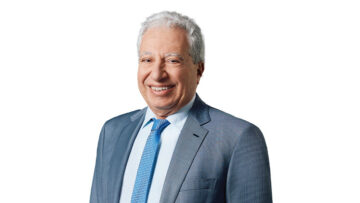The global luxury market stands at a crossroads, defined by a dramatic shift in the source of its growth. Formerly sustained by a wide base of aspirational consumers, the market is now more and more dependent on its most affluent customers. The Personal Luxury Goods Market will remain flat or even decrease in 2025—its first such stagnation in more than ten years—according to the True Luxury Global Consumer Insights 2025 report from BCG.
A deep rift is opening up between consumer groups. Aspirational consumers, previously the dominant group representing close to 70% of the market, are pulling back. Their representation has fallen by nearly 15 percentage points because of cost pressures and changing consumption habits. In contrast, the globe’s ultra-high net worth individuals (UHNWI)—making up less than 0.1% of the world’s population—now represent 23% of total luxury expenditure. These ultra-high-net-worth and high-net-worth consumers are becoming the industry’s main growth drivers.
Luxury players who have relied extensively on aspirational consumers are starting to suffer, whereas those targeting high-end clients are remaining more robust. This high-end segment, typically spending in excess of US $387,950 a year on luxuries, is on the increase. There are more than 900,000 HNWIs globally, with the category increasing at almost 10% annually. But delivering these customers takes more than providing high-priced products—these customers require deeper, more personalised experiences that speak of a greater level of connection to the brand. As the study points out, too many luxury interactions remain impersonal and industrial and don’t provide the intimacy that real luxury requires.
In this worldwide transformation, India is becoming a market to watch. While it hasn’t yet attained the size of China, it has a promising trajectory. India’s HNWIs and UHNWIs’ population is expected to increase during 2034 with a CAGR of 11–15%. Such speedy growth in wealth along with a young and brand-savvy consumer base is making India an important strategic priority for international luxury brands.
To benefit from this change, luxury competitors are investing in more local and customised strategies—delivering exclusivity, craftsmanship, and immersive brand experiences. With aspiration now more and more lining up with growing income, the Indian luxury consumer becomes even more pivotal to the future of the industry.
BCG’s report advocates a fundamental rebalancing in strategy. Instead of pursuing mass-market expansion, luxury brands are urged to get back to their origins—focusing on quality, emotional connection, and trust. Some key suggestions include raising client service by way of high-touch, human-related experiences supplemented by generative AI, vertical control over product quality, and designing experiences that extrapolate luxury into wellness and lifestyle spaces.







